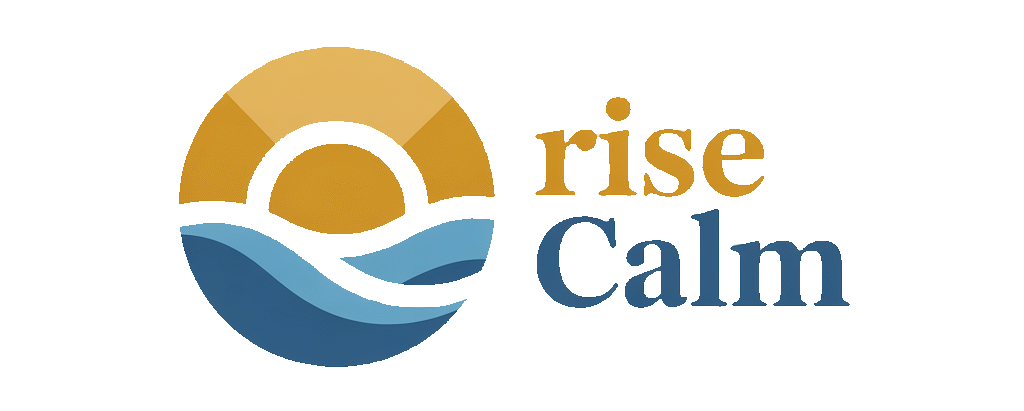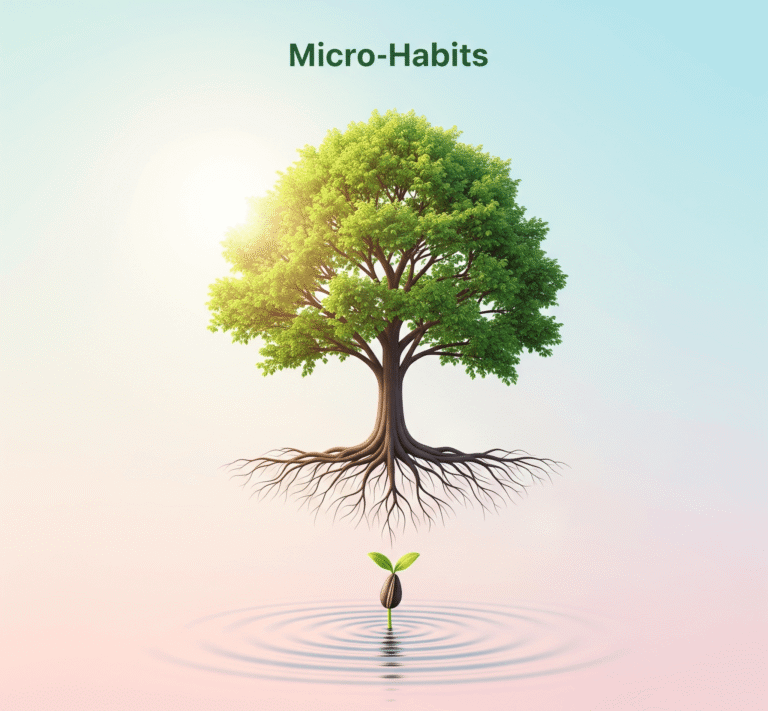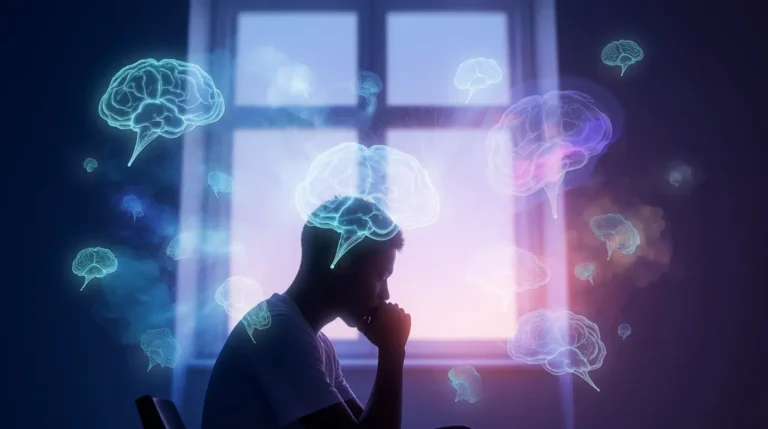Why Your Body Is Smarter Than Your Brain
Your body knows things that you do not.
Have you ever wondered how you instinctively know to blow on a spoonful of hot soup to cool it down or effortlessly pick up tiny crumbs from a table without thinking? These small, everyday actions seem trivial, but they hint at a profound mystery: the enigma of implicit learning. This unconscious process allows us to acquire practical knowledge without deliberate effort, shaping how we interact with the world. From the peripheral nervous system to the body intelligence of our gut and heart, our intuition is deeply rooted in systems beyond the brain. In this article, we’ll explore how unconscious processes and intuition drive our ability to navigate life’s complexities, often without us even realizing it.
Table of Contents
The Enigma of “Folk Physics”
We all possess a kind of intuitive understanding of the physical world, often referred to as “folk physics.” This is the practical knowledge that guides us through daily tasks—like catching a ball, judging the weight of an object, or knowing just how much pressure to apply when opening a jar. These skills aren’t learned through textbooks or formal instruction. Instead, they’re gained unconsciously through experience, observation, and imitation.
Consider the act of cooling soup by blowing on it. No one explicitly teaches us this trick, yet most of us do it instinctively. Similarly, when you pick up crumbs from a table, you adjust your fingers’ pressure with precision, without consciously calculating the force needed. These actions raise fascinating questions: Where does this knowledge come from? Why don’t we remember learning it? The answer lies in implicit learning, a process that allows us to acquire skills and knowledge without conscious awareness, often stored in unexpected places like the peripheral nervous system and other bodily systems.
This phenomenon isn’t just about physical tasks. It extends to social cues, emotional responses, and even decision-making. Our intuition—that gut feeling we rely on when logic alone isn’t enough—often stems from this hidden well of knowledge. To understand how this works, we need to dive into the science of implicit memory and explore how our bodies, not just our brains, play a role in shaping our unconscious intelligence.
Implicit Memory: Learning Without Awareness
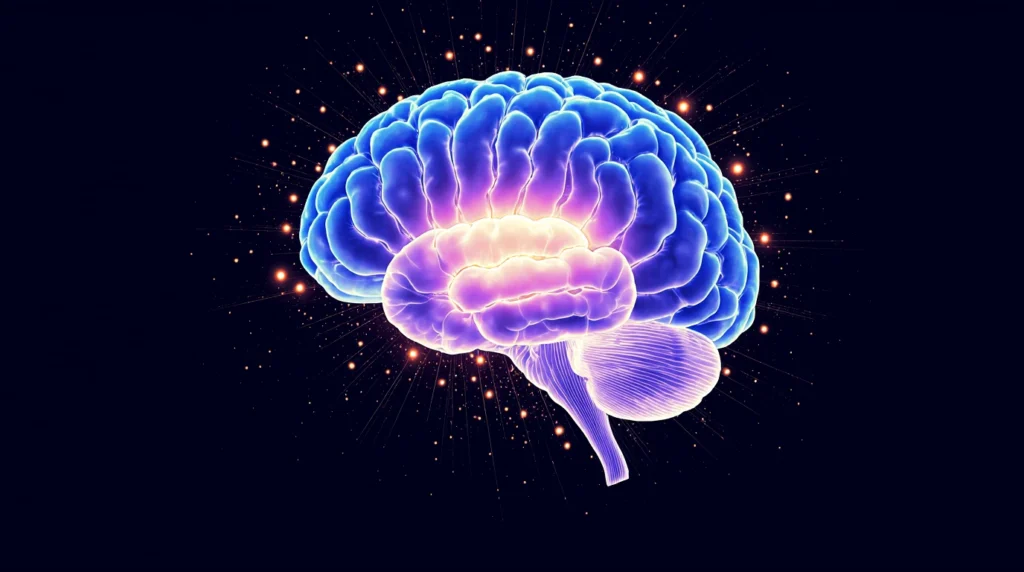
At the heart of implicit learning is implicit memory, the type of memory that allows us to perform tasks without consciously recalling how we learned them. Unlike explicit memory, which involves conscious recollection (like remembering a phone number or a historical fact), implicit memory operates below the surface. It’s why you can ride a bike years after your last ride or react instantly to a sudden silence in a noisy room, sensing something is amiss.
How Implicit Learning Works
Implicit learning occurs through direct experience and imitation, often without focused attention. For example, children learn to walk by mimicking adults and experimenting with their movements, not by studying biomechanics. This learning is stored as implicit memories, which are processed by primitive brain structures like the cerebellum and basal ganglia, rather than the hippocampus and cerebral cortex, which handle conscious memories.
The cerebellum and basal ganglia are evolutionarily ancient parts of the brain, designed for rapid, automatic responses. They enable unconscious actions, like pulling your hand away from a hot surface or instinctively ducking when a ball flies toward your head. These structures allow for fast, efficient processing, which is why implicit knowledge often feels instantaneous and effortless. For instance, when you hear an approaching silence—a sudden drop in ambient noise—your body might tense up before your conscious mind registers the change. This is your body intelligence at work, drawing on implicit memories to guide your reactions.
Why It Feels Effortless
The speed of implicit memory is what makes it so powerful. The basal ganglia and cerebellum operate much faster than the conscious brain, allowing us to act without overthinking. This is why professional athletes, musicians, and dancers can perform complex movements with seemingly little effort. Their skills are the result of countless hours of practice, encoded into implicit memories that their bodies access automatically. This unconscious competence is a hallmark of implicit learning, and it’s not limited to the brain.
Beyond the Brain: Memories Stored in the Body
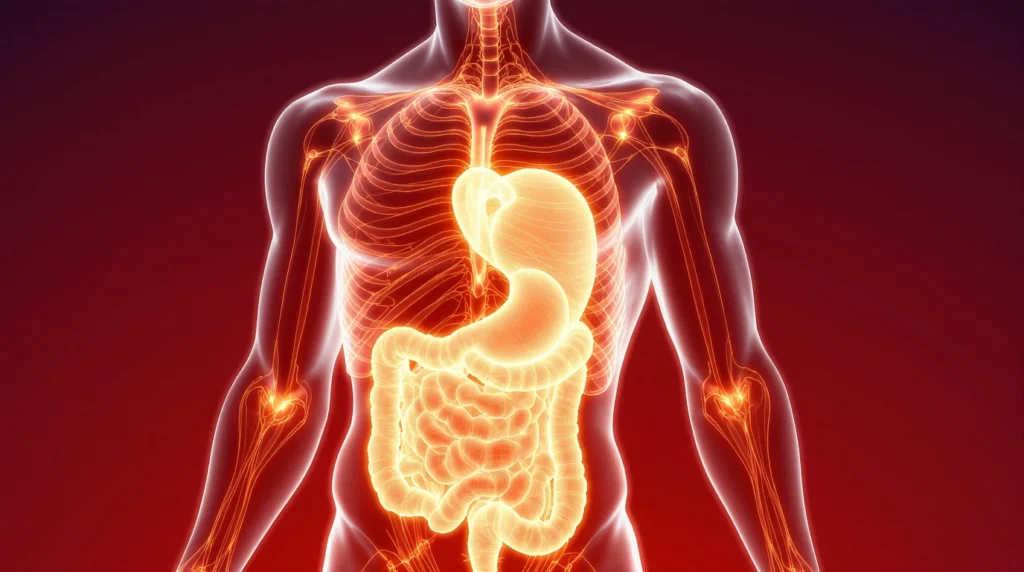
While the brain plays a central role in implicit learning, new research suggests that memories and learning aren’t confined to neural tissue. The body itself—through systems like the peripheral nervous system, the gut, the heart, and even the immune system—contributes to our body intelligence and shapes our intuition. This idea challenges the traditional view that learning is solely a brain-based process and highlights the embodied nature of our unconscious knowledge.
The Enteric Nervous System and the Heart
The enteric nervous system (ENS), often called the “second brain,” is a complex network of neurons embedded in the walls of the gastrointestinal tract. It contains about 100 million neurons—more than the spinal cord—and operates independently of the brain to regulate digestion. But the ENS does more than manage bodily functions. Research shows it exhibits plasticity, meaning it can adapt and “learn” from experiences, much like the brain.
For example, the gut can respond to repeated dietary patterns or stressors, adjusting its function based on past experiences. These changes influence our unconscious decision-making through interoception, the process by which we sense internal bodily states. Ever had a “gut feeling” about a decision? That’s your intuition at work, informed by the ENS’s ability to process and store information.
Similarly, the heart has its own neural network, known as the “heart-brain,” with around 40,000 neurons. Studies suggest the heart can respond to emotional and environmental cues, contributing to body intelligence. For instance, heart rate variability (HRV) changes in response to stress or relaxation, and these shifts can influence our emotional state and decision-making, often without conscious awareness.
The Peripheral Nervous System and Spinal Cord
The peripheral nervous system (PNS) and spinal cord also play a role in implicit learning. The PNS, which connects the brain and spinal cord to the rest of the body, shows remarkable plasticity. For example, reflexes like the knee-jerk response can adapt over time based on repeated stimuli, demonstrating a form of learning outside the brain. Similarly, the spinal cord can “learn” to coordinate movements, such as walking, through repetitive practice, even in cases of severe brain injury.
This plasticity in the PNS and spinal cord contributes to unconscious behaviors, like adjusting your posture to maintain balance or instinctively stepping back from danger. These actions rely on body intelligence, which operates independently of conscious thought, allowing us to respond swiftly to our environment.
The Immune System and Gut Biome
Surprisingly, even the immune system exhibits learning-like behavior. When exposed to pathogens, immune cells “remember” the encounter, enabling faster and more effective responses in the future. This process, known as immunological memory, parallels implicit learning in the nervous system. We’re often unconsciously aware of the immune system’s activity through interoception, which communicates subtle bodily changes—like a vague sense of unease when we’re coming down with a cold.
The gut biome, the community of microorganisms living in our digestive tract, also plays a role in body intelligence. Changes in the gut microbiome can influence mood, behavior, and decision-making through neurotransmitter production and communication with the nervous system. For instance, certain gut bacteria produce serotonin, a neurotransmitter linked to mood regulation. When the gut biome shifts—due to diet, stress, or illness—we may experience unconscious changes in our intuition, such as a sudden aversion to certain foods or environments.
Table: Bodily Systems Involved in Implicit Learning
| System | Role in Implicit Learning | Contribution to Intuition |
|---|---|---|
| Enteric Nervous System | Adapts to dietary and environmental patterns, influencing gut-based decision-making. | Provides “gut feelings” through interoceptive pathways. |
| Heart | Responds to emotional and environmental cues via heart rate variability and neural networks. | Influences emotional intuition and stress responses. |
| Peripheral Nervous System | Exhibits plasticity in reflexes and motor coordination, enabling unconscious behaviors. | Supports rapid, automatic responses to environmental stimuli. |
| Spinal Cord | Coordinates learned movements, like walking, independently of the brain. | Enhances physical intuition for balance and movement. |
| Immune System | Remembers pathogens, influencing bodily awareness through interoception. | Contributes to subtle health-related intuitions. |
| Gut Biome | Produces neurotransmitters and communicates with the nervous system, affecting mood. | Shapes emotional and behavioral intuition via microbiome changes. |
The Embodied Nature of Intuition
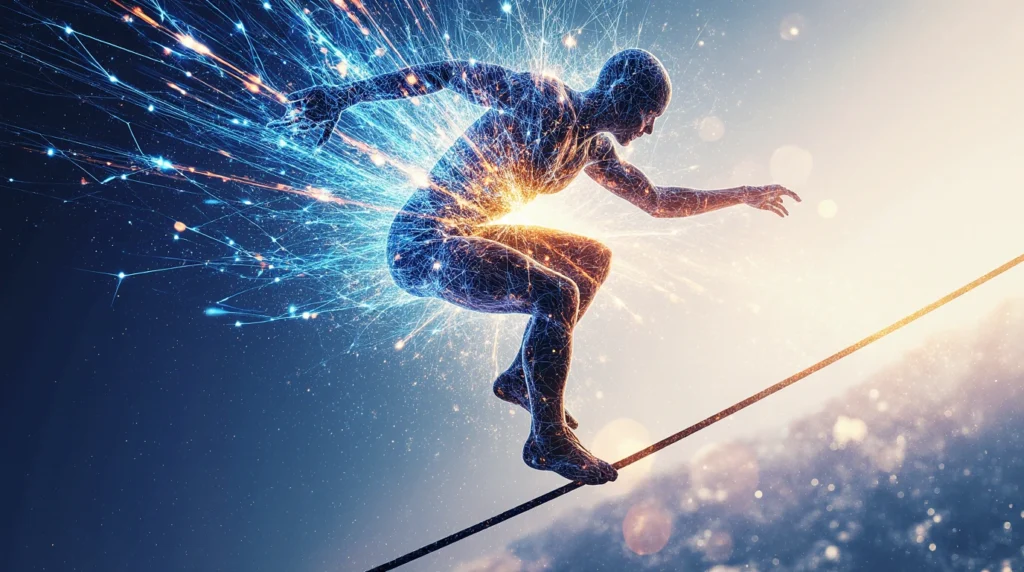
The evidence is clear: intuition is not just a brain-based phenomenon. It’s an embodied process, deeply rooted in the body intelligence of systems like the peripheral nervous system, enteric nervous system, heart, immune system, and gut biome. These systems work together to create a rich tapestry of implicit memories that guide our actions and decisions, often without conscious awareness.
When we talk about intuition, we’re often describing this collective wisdom of the body. That “gut feeling” when you meet someone new, the instinctive dodge when an object comes too close, or the sudden clarity in a tough decision—these are all manifestations of implicit learning at work. By tapping into the unconscious knowledge stored throughout our bodies, we can navigate the world with a level of intelligence that goes beyond logic or reasoning.
Why It Matters
Understanding the embodied nature of intuition has profound implications. For one, it highlights the importance of listening to our bodies. Practices like mindfulness, meditation, and yoga can enhance our interoceptive awareness, helping us tune into the subtle signals from our gut, heart, and other systems. By doing so, we can strengthen our intuition and make better decisions, whether in personal relationships, professional challenges, or creative pursuits.
Moreover, recognizing the role of body intelligence can reshape how we approach learning and skill development. Instead of relying solely on conscious study, we can embrace experiential learning—through practice, repetition, and immersion—to build implicit memories that enhance our abilities over time.
Final Thoughts
The next time you blow on a hot spoonful of soup or dodge an unexpected obstacle, take a moment to marvel at the hidden power of your body intelligence. Your intuition, shaped by implicit learning and stored in systems like the peripheral nervous system, gut, and heart, is a testament to the incredible complexity of the human body. By embracing this unconscious wisdom, you can unlock a deeper understanding of yourself and the world around you—one intuitive step at a time.
